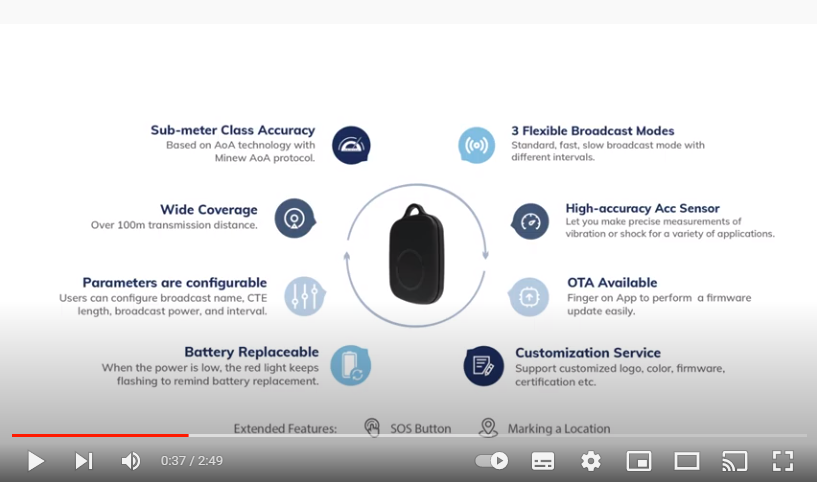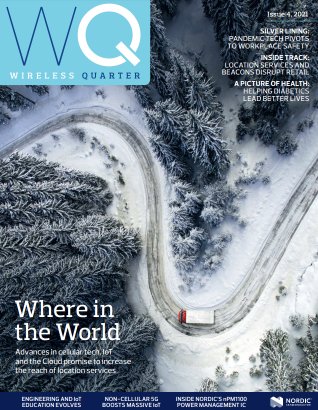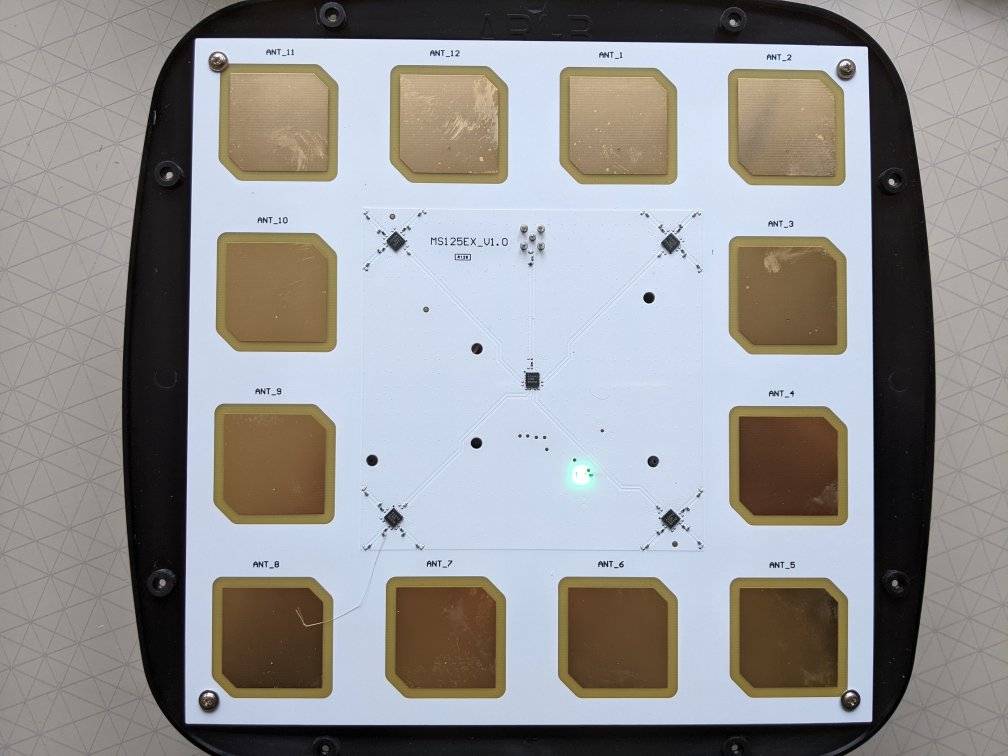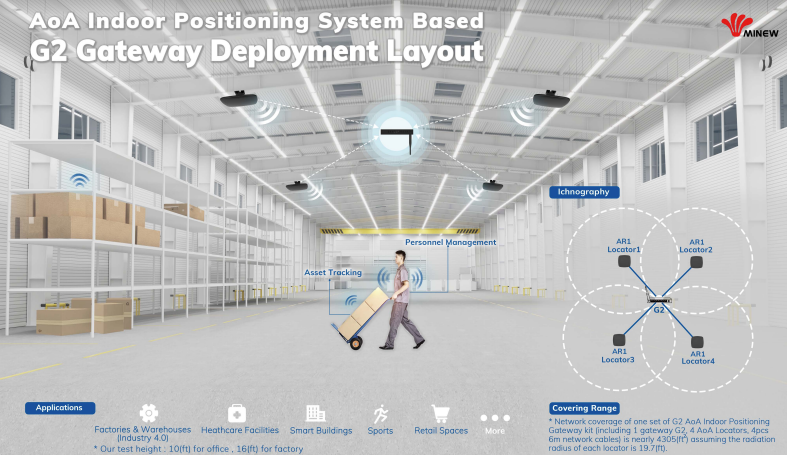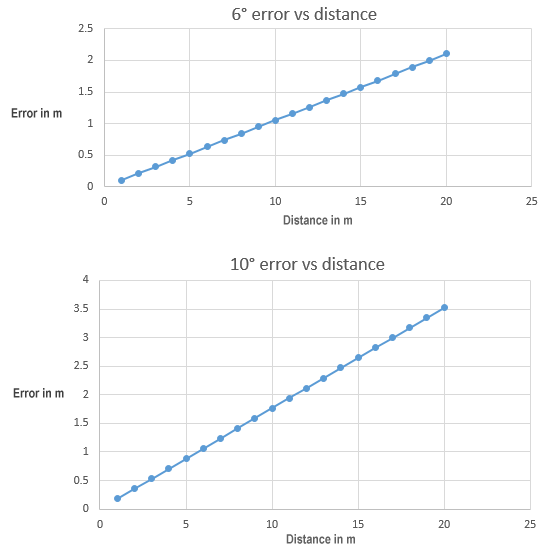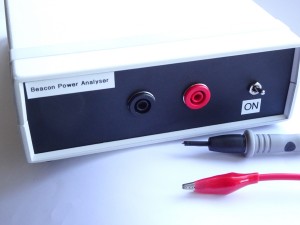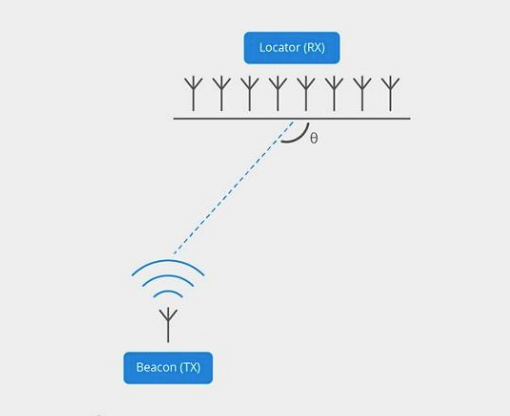Some platform providers claim beacons can transmit multimedia data which isn’t strictly true. A beacon sends a small amount of data that typically contains a unique id. When an app sees an id it shows information, such as an image, that is typically obtained from a server.
But what about beacons actually transmitting images? Chong Shao, Shahriar Nirjon, Jan-Michael Frahm or the Department of Computer Science, University of North Carolina has a paper on “Years-Long Binary Image Broadcast using Bluetooth Low Energy Beacons” (pdf). Again, don’t be misled, they don’t mean it takes years to send an image but instead that a beacon might transmit for a long time (which most do).
The researchers have found that with suitable compression schemes, a set of 2–3 beacons is capable of broadcasting high-quality images (75%–90% structurally similar to original images). The image quality improves when more beacons are used.

How might you get the data into a beacon? Well, some beacons such as the M52 Plus and iB003N allow arbitrary data to be set in the advertising data.
The images are necessarily very simple but nevertheless this provides a great example of what can be achieved when you attempt the seemingly impossible.
